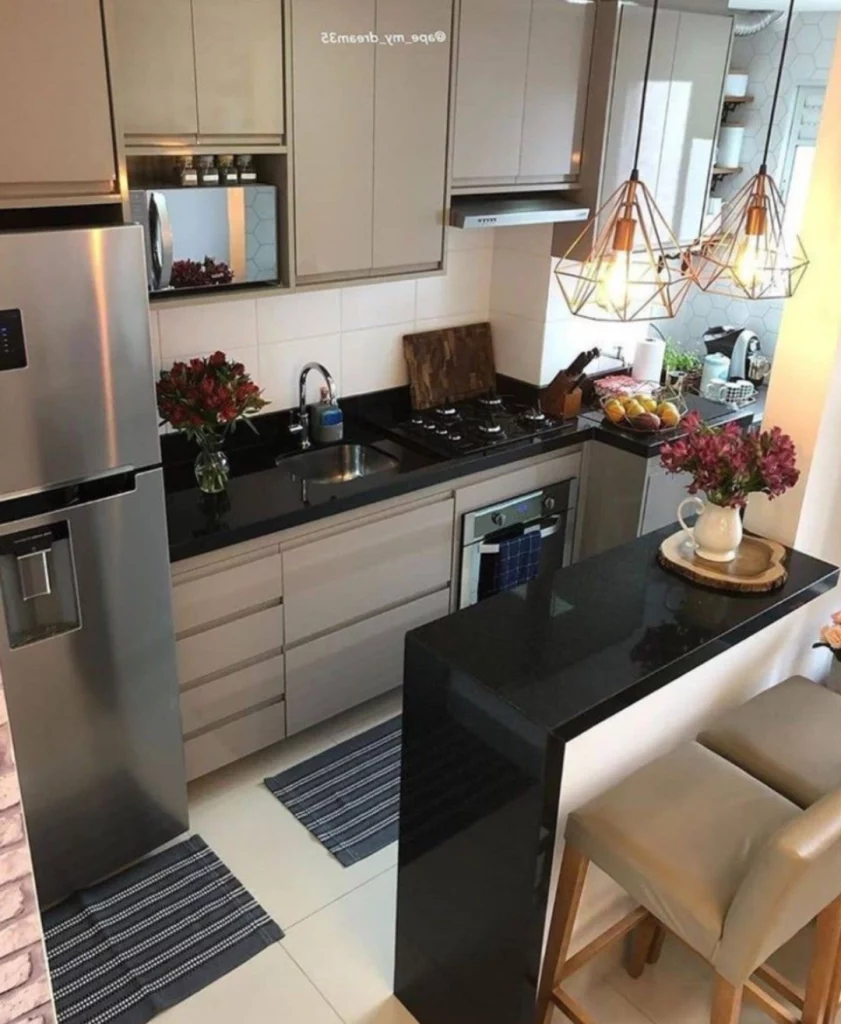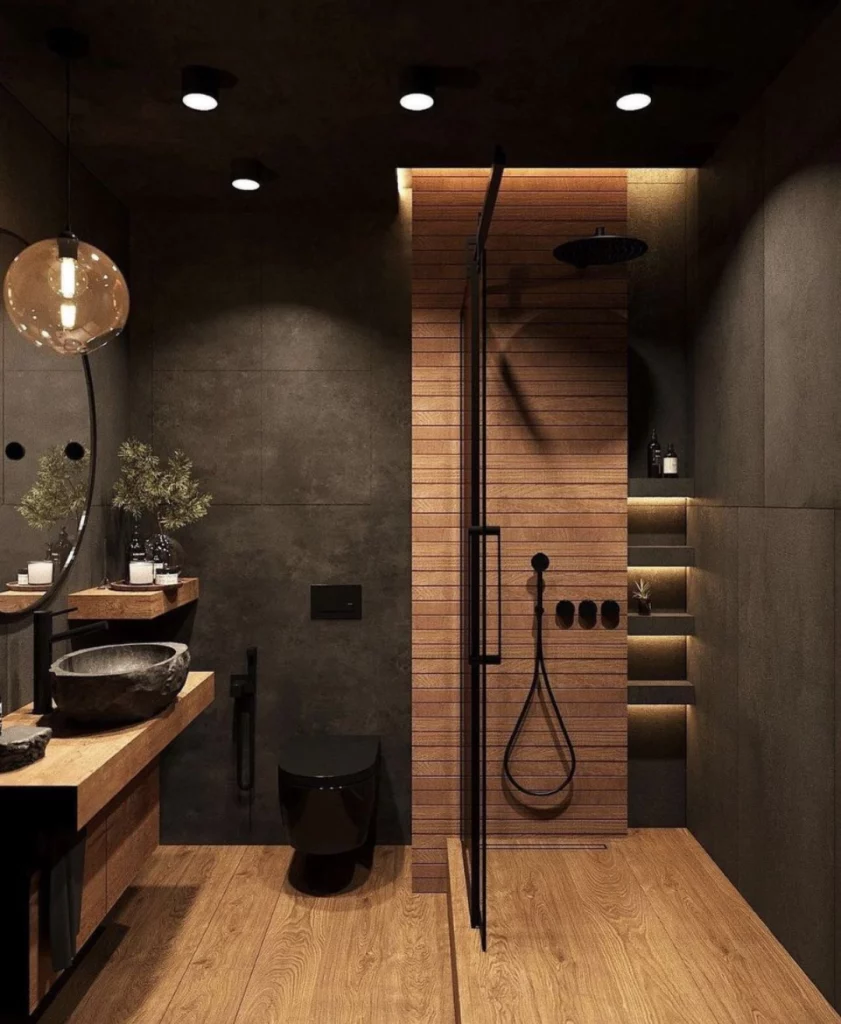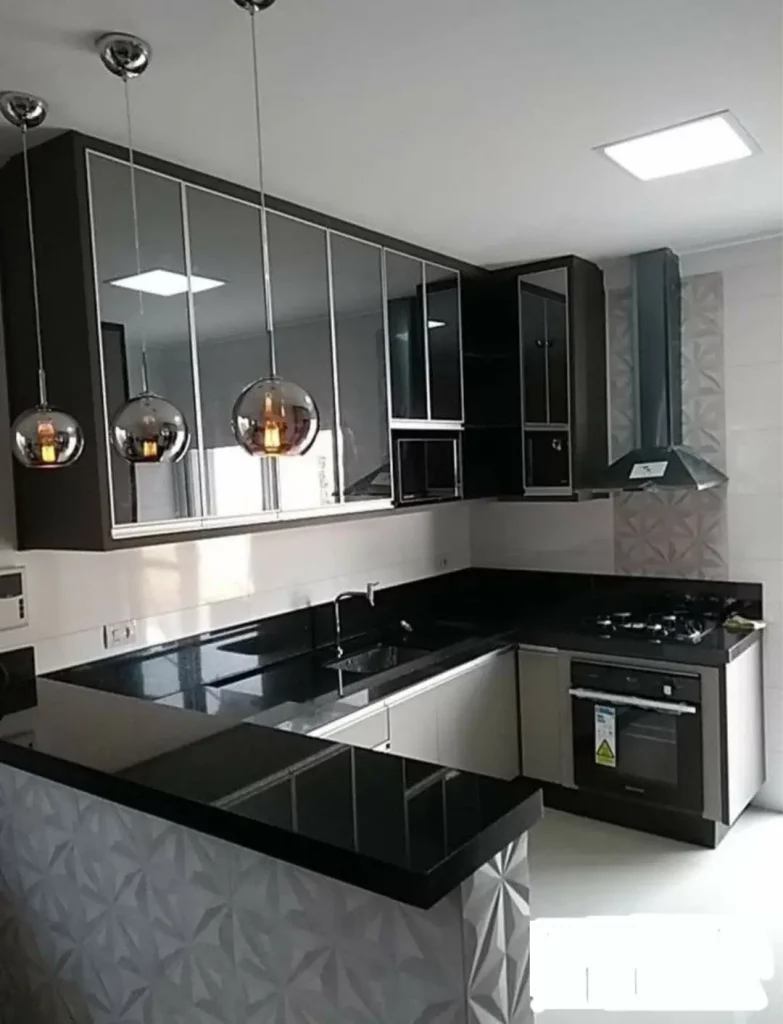COMPREHENSIVE KITCHEN AND BATHROOM REMODELING TIPS
Remodeling your kitchen and bathroom is a rewarding endeavor that can breathe new life into your living spaces and enhance the functionality and aesthetics of your home. Whether you’re looking to create a modern, sleek kitchen or a spa-like oasis in your bathroom, careful planning and thoughtful decisions are key to a successful renovation. In this comprehensive guide, we will delve into valuable tips and insights that will help you navigate the exciting journey of transforming your kitchen and bathroom.
The kitchen and bathroom are not only essential areas for daily activities but also spaces where you can express your personal style and preferences. From optimizing layout and selecting energy-efficient appliances to choosing durable materials and incorporating innovative design elements, this guide will provide you with a step-by-step approach to ensure that your kitchen and bathroom remodels are both functional and visually stunning.
In the following sections, we will explore specific tips for each area, highlighting important considerations and expert advice. In the kitchen, we’ll cover topics such as efficient space utilization, eco-friendly appliance choices, and the importance of proper lighting. For the bathroom, we’ll discuss creating a functional layout, selecting waterproof and hygienic surfaces, and the significance of accessible design.
Throughout this guide, you’ll find practical insights to help you make informed decisions, avoid common pitfalls, and ultimately achieve your dream kitchen and bathroom. Remember, a well-executed renovation not only enhances the beauty and value of your home but also contributes to your daily comfort and well-being. So, let’s dive into the world of kitchen and bathroom remodeling and embark on a journey of transformation and creativity.
Kitchen Remodeling Tips

Remodeling your kitchen is an exciting opportunity to create a space that is both functional and visually appealing. From efficient layout design to selecting the right materials, here are essential tips to consider when embarking on your kitchen renovation project.
2.1. Space Planning and Organization
A well-designed kitchen starts with careful space planning. Consider the “kitchen work triangle,” a design principle that connects the three main work areas: the stove, sink, and refrigerator. Arrange these elements in a way that minimizes movement between them, enhancing efficiency.
Divide your kitchen into distinct zones for various tasks, such as meal preparation, cooking, and cleaning. Organize your cabinetry and storage to optimize accessibility and minimize clutter. Adequate counter space around appliances is crucial for seamless workflow.
2.2. Energy-Efficient Appliances
When selecting appliances, prioritize energy efficiency. Look for appliances with high Energy Star ratings, as they consume less energy and help reduce utility bills over time. Modern appliances also often come with innovative features that enhance convenience and functionality.
Invest in a refrigerator, dishwasher, and oven that suit your cooking habits and lifestyle while conserving energy. Additionally, consider smart appliances that can be controlled remotely for added convenience.
2.3. Maximizing Natural and LED Lighting
Ample lighting is essential in a kitchen. Maximize natural light by positioning windows strategically. Consider adding skylights or larger windows to bring in more sunlight. For evening and task lighting, incorporate energy-efficient LED fixtures under cabinets, above workspaces, and in key areas.
Balancing natural and artificial lighting creates a well-lit and inviting ambiance, making your kitchen a pleasant space to work in at any time of day.
2.4. Practical and Easy-to-Clean Materials
Select materials that are both aesthetically pleasing and easy to maintain. For countertops, consider options like quartz, granite, or solid surface materials, which are durable, non-porous, and resistant to stains and scratches.
When choosing flooring, opt for materials that can withstand high traffic and are easy to clean, such as porcelain tile, hardwood, or luxury vinyl. Backsplashes made of glass, ceramic, or porcelain tiles not only protect your walls but also add a touch of style.
2.5. Professional Plumbing and Electrical Work
If your renovation involves changes to plumbing or electrical systems, enlist the expertise of licensed professionals. Proper installation and code compliance are crucial for safety and long-term functionality. Be sure to plan for outlets in convenient locations for small appliances and charging stations.
A well-executed plumbing and electrical system ensures that your kitchen functions smoothly and safely, avoiding potential issues down the road.
By incorporating these kitchen remodeling tips into your project, you’ll create a space that is not only beautiful but also highly practical and efficient. Remember that a well-designed kitchen enhances your daily life and adds significant value to your home.
Bathroom Remodeling Tips

Remodeling your bathroom is an opportunity to transform a functional space into a luxurious retreat. Whether you’re aiming for a modern spa-inspired design or a classic and timeless look, these essential tips will guide you through the process of creating a stunning and functional bathroom.
3.1. Functional Space Design
Begin by assessing your bathroom’s layout and considering how you use the space. Prioritize functionality by strategically placing essential elements such as the shower, bathtub, toilet, and sink. Ensure that there’s sufficient clearance and comfortable circulation paths.
Consider the placement of fixtures to optimize convenience while maintaining an aesthetically pleasing arrangement. Aim for a balance between open space and storage solutions.
3.2. Waterproof and Antibacterial Surfaces
Selecting the right materials for your bathroom surfaces is crucial. Choose waterproof and hygienic materials like ceramic or porcelain tiles for walls and floors. These materials not only prevent water damage but also provide a clean and bacteria-resistant environment.
For a seamless and sophisticated look, consider using large-format tiles or wall panels. These materials minimize grout lines and create a sleek appearance.
3.3. Barrier-Free Shower Accessibility
A barrier-free or curbless shower design not only adds a touch of elegance but also enhances accessibility. Eliminating barriers between the shower and the rest of the bathroom creates a seamless transition and makes the space more user-friendly for individuals of all ages and mobility levels.
Ensure proper slope and drainage to prevent water pooling and maintain a safe showering experience.
3.4. Thermostatic or Single-Handle Faucets
Upgrade your bathroom experience with thermostatic or single-handle faucets. These fixtures allow you to precisely control water temperature, ensuring a comfortable and consistent bathing or handwashing experience. They also contribute to water conservation by reducing the need to adjust hot and cold water separately.
Choose faucet designs that complement your bathroom’s style while providing the desired functionality.
3.5. Proper Drainage for Plumbing Changes
If you’re making changes to your bathroom’s plumbing, ensure that the drainage system is properly designed and installed. Adequate slope and drainage prevent water backup and potential damage over time. Properly installed plumbing systems also contribute to a longer-lasting and hassle-free bathroom.
3.6. Optimal Storage with Bathroom Furniture
Make the most of your bathroom’s storage potential by incorporating well-designed bathroom furniture. Vanity cabinets, shelving units, and recessed niches provide ample space to store toiletries, towels, and other essentials.
Choose furniture that complements your bathroom’s style while offering practical storage solutions. Consider built-in options to maximize space without sacrificing aesthetics.
3.7. Effective Illumination and Mirrors
Create a well-lit and inviting atmosphere in your bathroom by combining natural and artificial lighting. Utilize windows, skylights, or light wells to bring in natural light whenever possible. Supplement with LED fixtures for task lighting and ambient illumination.
Strategically place mirrors to reflect light and visually expand the space. Mirrors can enhance the overall brightness and add a decorative element to your bathroom.
By incorporating these bathroom remodeling tips, you’ll be well on your way to creating a bathroom that is not only visually stunning but also functional, comfortable, and tailored to your needs. Remember that a well-designed bathroom contributes to your daily well-being and adds significant value to your home.
Conclusion
Embarking on a kitchen and bathroom remodeling journey can be a transformative experience that elevates the functionality, aesthetics, and value of your home. Through careful planning, thoughtful design choices, and expert execution, you have the power to create spaces that reflect your style while meeting your practical needs.
In the realm of kitchen remodeling, prioritizing efficient space planning and organization lays the foundation for a well-functioning culinary haven. Energy-efficient appliances not only contribute to sustainability but also save you money in the long run. Adequate lighting, both natural and LED, ensures that your kitchen is a welcoming space day and night. Opting for practical, easy-to-clean materials keeps your kitchen looking pristine while standing up to the demands of daily life. And remember, when making changes to plumbing and electrical systems, the expertise of qualified professionals is invaluable.
For your bathroom remodeling project, a functional space design that optimizes flow and accessibility is paramount. Waterproof and antibacterial surfaces guarantee a hygienic environment that stands the test of time. A barrier-free shower design not only adds elegance but also ensures accessibility for all. Thermostatic or single-handle faucets provide a luxurious touch while promoting water conservation. Proper drainage and plumbing installations prevent future headaches and maintain the integrity of your new space. Maximize storage potential with well-designed bathroom furniture and create a well-lit, inviting atmosphere through effective illumination and strategic mirror placement.
In conclusion, the art of successful kitchen and bathroom remodeling lies in a harmonious blend of aesthetics, functionality, and practicality. By following the tips outlined in this comprehensive guide, you’re equipped with the knowledge to make informed decisions, collaborate effectively with professionals, and navigate the intricate process of renovation.
Remember, your kitchen and bathroom are not merely spaces within your home; they’re expressions of your lifestyle and preferences. As you embark on this exciting journey, embrace the opportunity to create spaces that reflect your personality while enhancing your day-to-day life. With careful planning, attention to detail, and a touch of creativity, your kitchen and bathroom remodels will result in spaces that inspire, delight, and stand as a testament to your vision and dedication. Good luck on your remodeling adventure!



